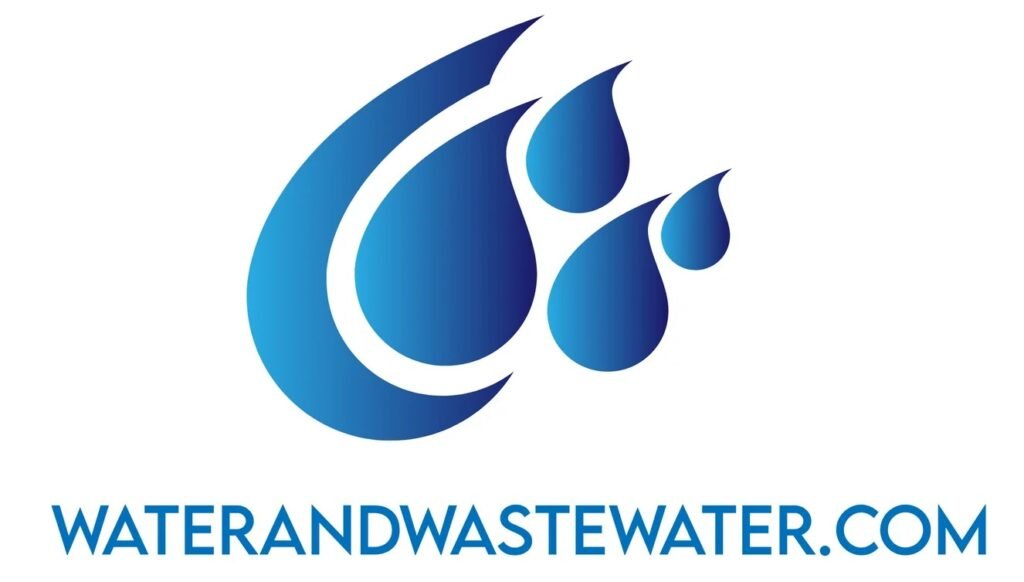Tag: methods
Hydrogen sulfide is a smelly gas that can be a big problem in wastewater. It smells like rotten eggs and can make people feel sick. Hydrogen sulfide forms when bacteria break down organic matter in wastewater. This gas is not just smelly, it’s also dangerous. It can hurt people and animals if they breathe too […]
Grit chambers play a crucial role in wastewater treatment plants. They are the first line of defense against harmful particles that can damage equipment and disrupt the treatment process. Grit chambers remove sand, gravel, and other heavy materials from wastewater before it moves on to further treatment stages. These specialized structures use gravity and flow […]
Anaerobic digestion is a powerful method for treating wastewater. This process uses microbes to break down organic matter without oxygen. It turns waste into useful products like biogas and fertilizer. Anaerobic digestion can transform wastewater into renewable energy and reduce greenhouse gas emissions. The process happens in sealed tanks called digesters. These tanks keep oxygen […]
Pumps play a crucial role in wastewater management systems. They move sewage and other liquid waste through pipes and treatment facilities. Wastewater pumps come in various types, each designed for specific applications and flow rates. These pumps handle everything from small residential systems to large municipal treatment plants. They must be tough enough to deal […]
Carbon filters play a big role in cleaning water. They remove harmful stuff from water to make it safe to drink. These filters use special carbon that traps bad chemicals and tastes. Carbon filters can get rid of chlorine, bad smells, and many other things that make water taste or smell bad. They work by […]
Activated carbon plays a crucial role in modern wastewater treatment. This porous material has a large surface area that can trap and remove harmful chemicals and pollutants from water. Activated carbon filters can effectively remove unwanted tastes, odors, and many man-made organic chemicals from wastewater. The treatment process using activated carbon is versatile and can […]
Understanding Ozone Generators: A Comprehensive Analysis Ozone generators are devices designed to produce ozone (O3) through chemical or mechanical processes for use in various applications. These applications range from air purification to water treatment, offering significant potential benefits but also posing certain risks. This article aims to provide an in-depth examination of ozone generators, […]
UV Reactors and Chambers: An In-Depth Exploration Introduction Ultraviolet (UV) technology has become an indispensable aspect of modern water and air purification systems. From municipal water treatment to home appliances, UV reactors and chambers play a crucial role in ensuring clean and safe environments. This article delves into the intricacies of UV reactors […]
Understanding UV Lamps: An In-Depth Exploration Ultraviolet (UV) lamps have become an essential tool across various industries, from healthcare and manufacturing to skincare and entertainment. Harnessing the power of ultraviolet light, these lamps serve multiple purposes, including sterilization, curing, and even therapeutic applications. This article delves deeply into the nuances of UV lamps, exploring […]
The Dawn of UV Disinfection Systems: Harnessing Light for Health and Safety In recent years, restoring cleanliness and ensuring safety in public and private spaces has been paramount. Among the arsenal of technologies available to achieve this, Ultraviolet (UV) disinfection systems have emerged as a vital force. These systems, employing the germicidal power of […]
